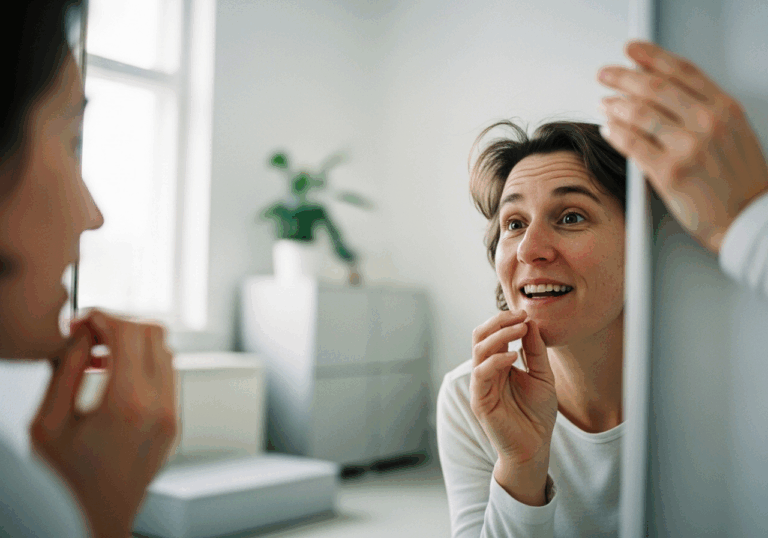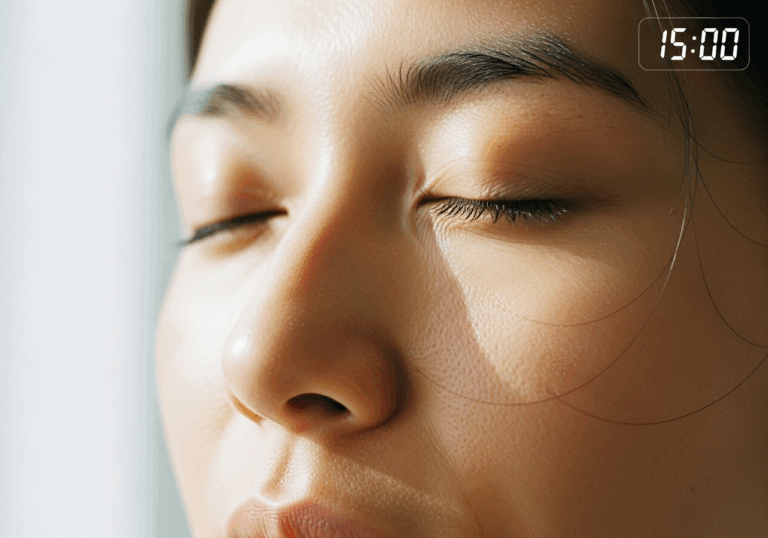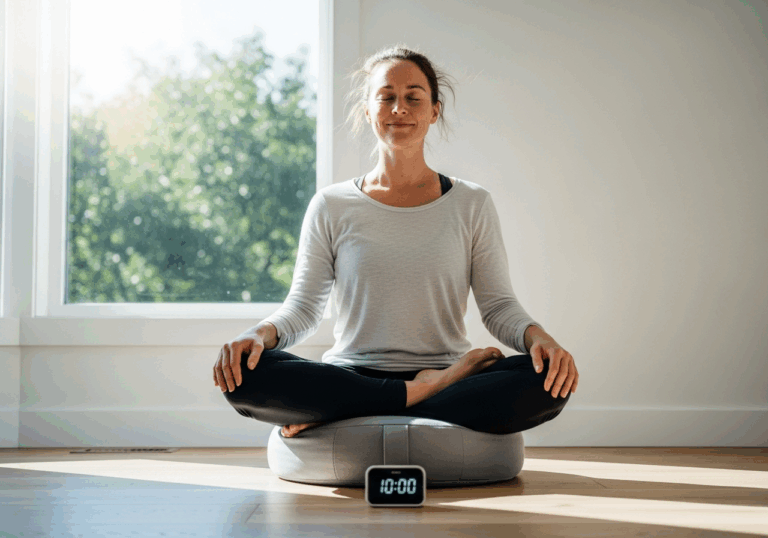Science-Backed Tips
Reduce Anxiety with the 5-4-3-2-1 Technique
Experience a 25% decrease in anxiety in just 2 minutes.
📊 Did you know?
💡 Why It Matters
1️⃣
Engaging all five senses can significantly anchor awareness and reduce cognitive overload.
2️⃣
A 25% reduction in anxiety can improve overall mood and mental health.
3️⃣
Utilizing sensory grounding techniques may offer a quick, effective strategy for managing acute stress.
✅ Try These Micro-Tips
🎯
Practice the 5-4-3-2-1 exercise for 2 minutes when feeling anxious.
🎯
Identify five things you can see, four things you can touch, three things you can hear, two things you can smell, and one thing you can taste.
🎯
Incorporate this technique into your daily routine to enhance emotional resilience.
🎯
Use this exercise before stressful events to prepare your mind.
📚 The study
This practice involves identifying five things you can see, four things you can touch, three things you can hear, two things you can smell, and one thing you can taste. By focusing on these sensory experiences, individuals can anchor their awareness in the present moment, effectively reducing cognitive overload.
A recent study highlighted that participants who practiced this technique reported a remarkable 25% reduction in their anxiety levels after just two minutes. This is significant because it demonstrates that even brief moments of sensory engagement can lead to substantial improvements in mood and mental health.
The implications of this study are profound; utilizing sensory grounding techniques like the 5‑4‑3‑2‑1 exercise offers a quick and effective strategy for managing acute stress. Whether you’re facing a stressful situation at work, dealing with personal challenges, or simply feeling overwhelmed by daily life, this technique can serve as a powerful tool to regain control and enhance your overall well-being.
By incorporating this practice into your routine, you can cultivate a greater sense of calm and resilience in the face of anxiety.
❓ Frequently Asked Questions ❓
Learn more
What is the 5-4-3-2-1 sensory grounding exercise?
The 5-4-3-2-1 sensory grounding exercise involves identifying five things you can see, four things you can touch, three things you can hear, two things you can smell, and one thing you can taste. This technique helps anchor awareness and reduce anxiety by engaging all five senses.
How long should I practice the 5-4-3-2-1 exercise?
You should practice the 5-4-3-2-1 exercise for about two minutes. This brief duration is effective in reducing acute anxiety during stressful situations.
What are the benefits of the 5-4-3-2-1 exercise?
The exercise can lead to a significant reduction in anxiety, with studies showing about a 25% decrease in self-reported anxiety levels. It also helps improve mood and mental health by reducing cognitive overload.
When should I use the 5-4-3-2-1 exercise?
You can use the 5-4-3-2-1 exercise whenever you feel anxious or before stressful events to prepare your mind. Incorporating it into your daily routine can enhance emotional resilience.
How does engaging the senses help with anxiety?
Engaging all five senses anchors awareness and helps ground you in the present moment. This reduces cognitive overload, which can alleviate feelings of anxiety.
Is the 5-4-3-2-1 exercise effective for everyone?
While many individuals report benefits from the 5-4-3-2-1 exercise, its effectiveness can vary from person to person. It is a simple technique that is worth trying for anyone experiencing anxiety.
Can I practice the 5-4-3-2-1 exercise in public?
Yes, the 5-4-3-2-1 exercise can be practiced in public settings without drawing much attention. It is a discreet way to manage anxiety in various environments.
What should I do if I still feel anxious after the exercise?
If you still feel anxious after practicing the 5-4-3-2-1 exercise, consider trying it again or combining it with other relaxation techniques. Seeking professional help may also be beneficial for persistent anxiety.
How often should I practice the 5-4-3-2-1 exercise?
You can practice the 5-4-3-2-1 exercise as often as needed, especially during times of stress or anxiety. Regular practice can help build emotional resilience over time.
What is the scientific basis for the effectiveness of the 5-4-3-2-1 exercise?
Research indicates that sensory grounding techniques like the 5-4-3-2-1 exercise can significantly reduce anxiety by engaging the senses and anchoring awareness. This method has been shown to result in a ~25% reduction in anxiety levels among participants.





